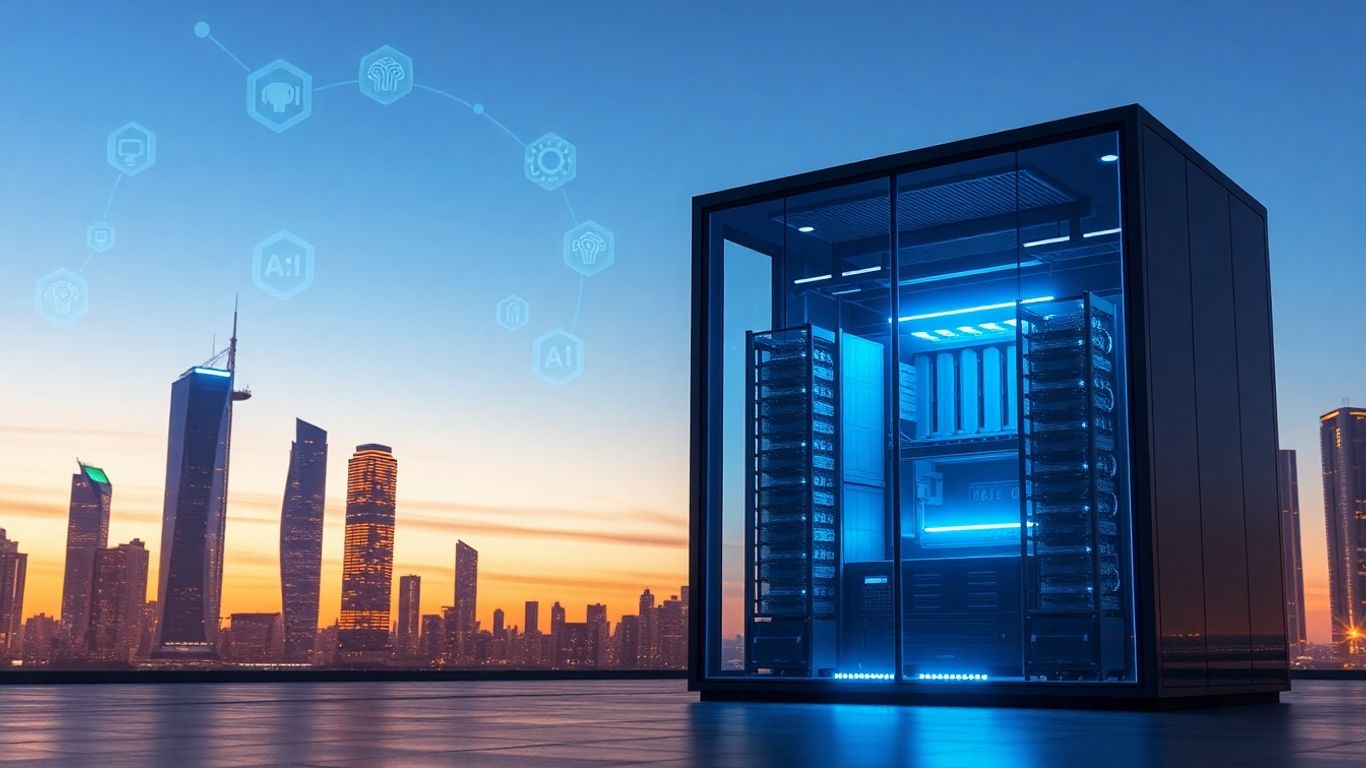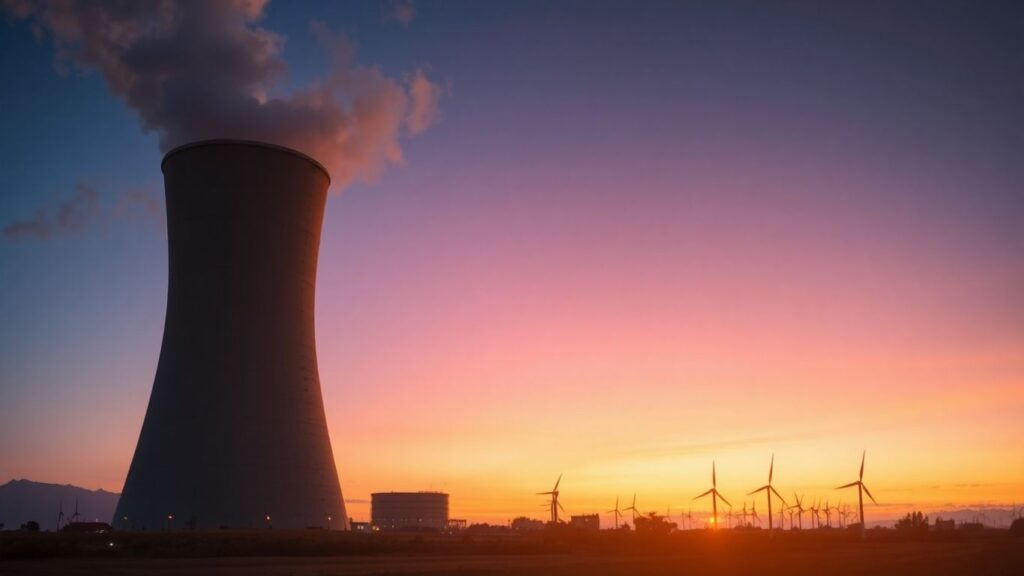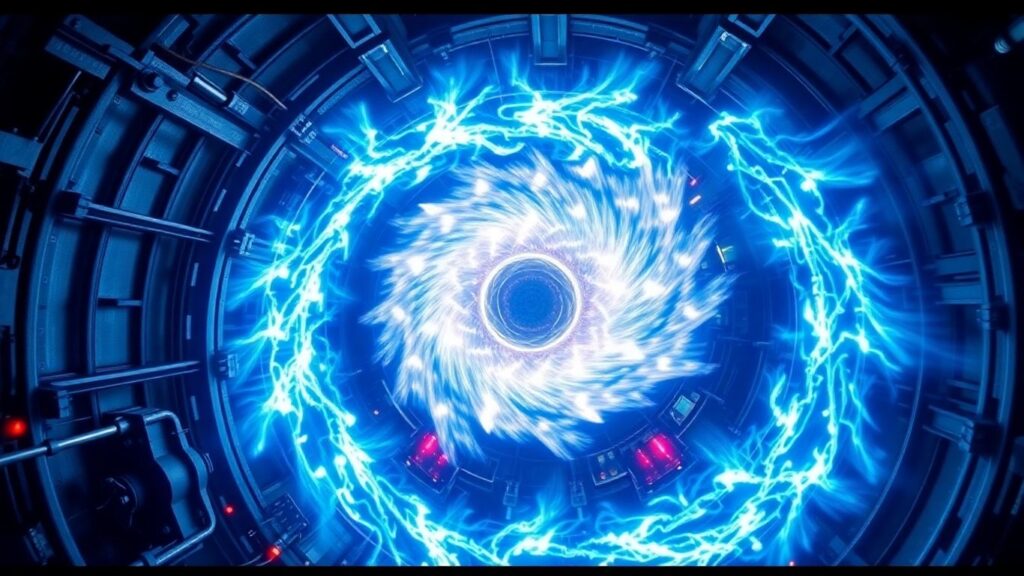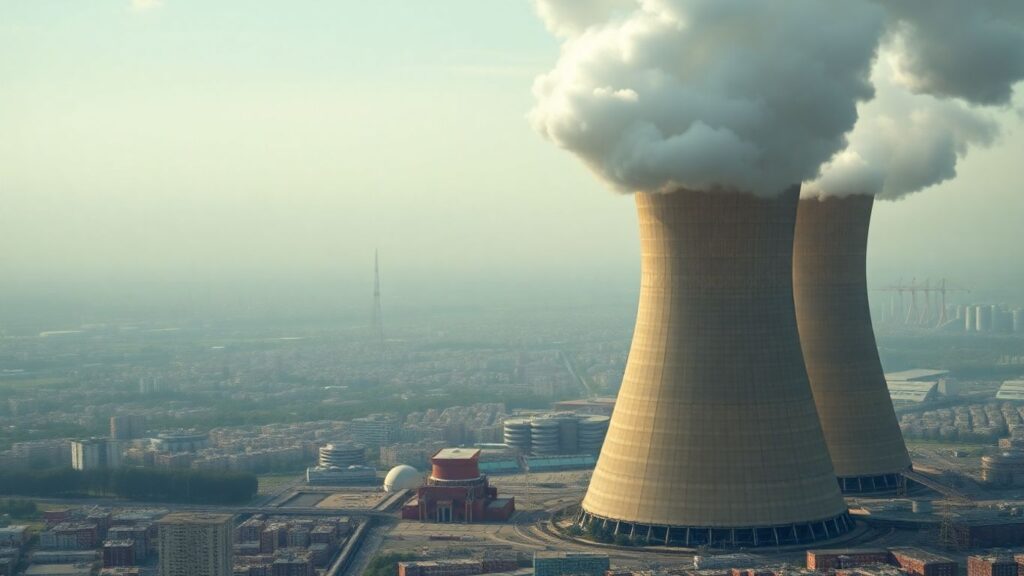Amazon and Google are turning to the next generation of nuclear technology—small modular reactors (SMRs)—to fuel their growing data centers and artificial intelligence (AI) ambitions. Their bold investments mark a major endorsement of advanced nuclear as a solution to soaring tech energy demands and climate goals.
Key Takeaways
- Amazon and Google announced major investments in SMRs to supply clean, reliable energy for data centers.
- Tech sector energy use is expected to surge as AI and cloud services expand.
- SMRs promise faster, safer, and more cost-effective deployment than traditional nuclear plants.
- United States aims for commercial deployment of SMRs in the early 2030s.
Why Tech Giants Are Turning to Nuclear Power
The rise of AI and cloud computing is driving unprecedented electricity demand. After years of flat consumption, the U.S. is expected to see a 15% increase in power needs over the next five years, fueled primarily by energy-hungry data centers. For companies like Amazon and Google, securing a reliable and carbon-free supply has become crucial.
Wind and solar, while popular, face intermittency challenges and can’t provide consistent baseline power. Nuclear energy, particularly in new modular forms, offers dense, round-the-clock generation with zero carbon emissions—matching both the tech industry’s reliability needs and sustainability pledges.
The Details of Amazon and Google’s Nuclear Gambits
Amazon has been active in the nuclear space, first by buying a data center adjacent to a Pennsylvania nuclear plant, then by investing in X-energy, a Maryland-based company developing gas-cooled SMRs. The plan envisions at least 5 GW of nuclear capacity from multiple units by 2039, with each reactor supplying 80 MW. X-energy will supply both regional utilities and large corporate customers like Amazon.
Google’s agreement is with Kairos Power, a California startup, to develop 500 MW of power from seven SMRs by 2035, with the first unit targeted for 2030. These reactors use advanced molten-salt cooling and innovative fuel technologies for enhanced safety and efficiency. The 500 MW capacity from Google’s deal alone would power a large data center or a mid-sized city.
What Sets Small Modular Reactors Apart
SMRs are designed to be manufactured in factories and assembled on-site, significantly reducing construction time and costs compared to traditional reactors. They incorporate passive safety systems and use specialized fuel types like tri-structural isotropic (TRISO) particles for greater resilience against accidents.
Key advantages of SMRs include:
- Faster construction timelines (potentially under five years)
- Lower upfront capital requirements
- Enhanced safety and reduced risk of meltdown
- Scalability for both grid and private use cases
Looking to the Future
Although SMRs have yet to be commercially deployed in the U.S., the backing of tech giants like Amazon and Google could accelerate regulatory approvals and technology development. Other companies, such as Microsoft and Meta, are also exploring nuclear partnerships, signaling a broadening tech industry movement.
As energy needs intensify—with AI a principal driver—nuclear innovation is becoming a cornerstone strategy for powering the global digital economy. The coming decade will be telling as these ambitious projects transition from plan to reality, potentially transforming both the energy and tech landscapes.












